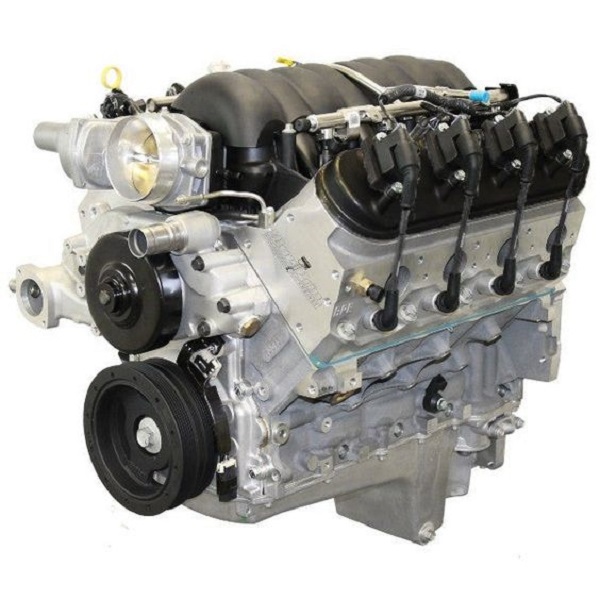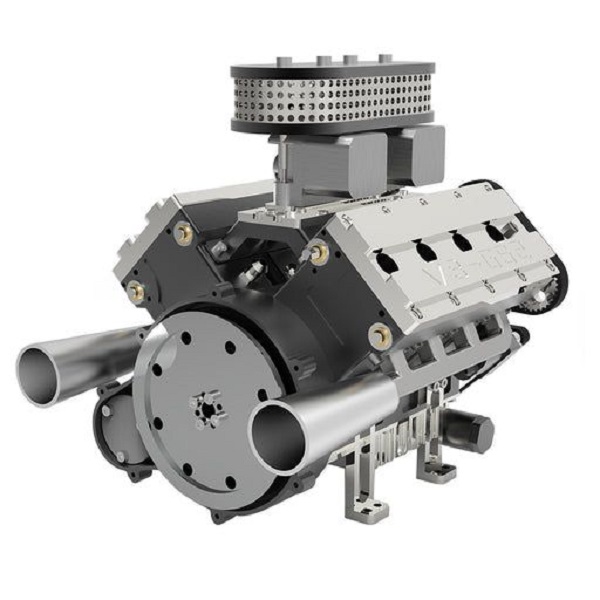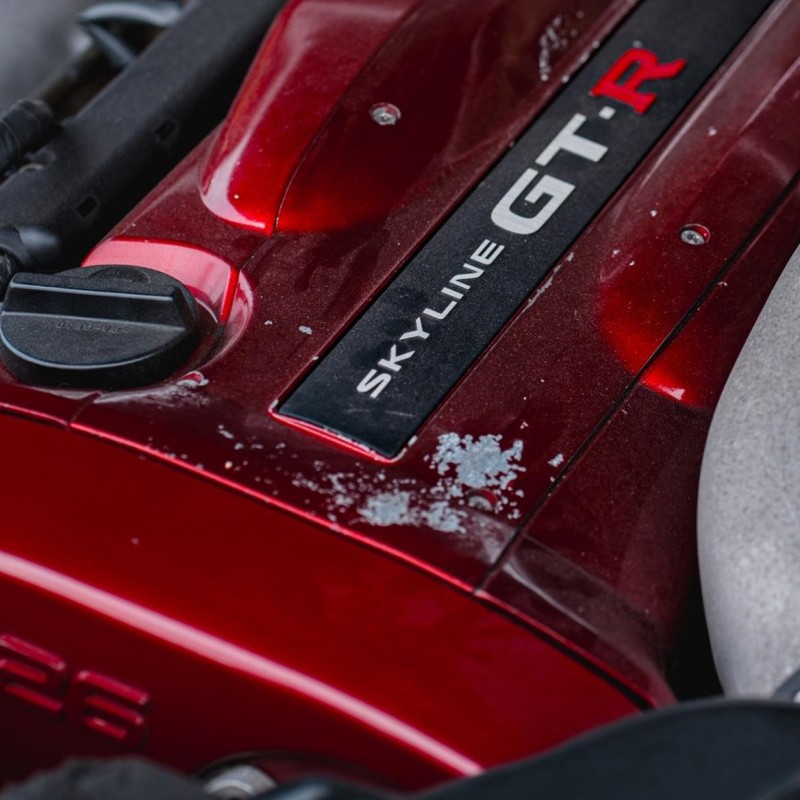When it comes to automotive design, the arrangement of an engine significantly influences a vehicle’s performance, handling, and overall driving experience. One of the terms frequently mentioned in discussions about engine layouts is “mid engine.” But what does mid engines mean? Mid engine refers to a specific engine placement configuration in which the engine is situated between the front and rear axles, typically behind the passenger compartment but in front of the rear axle. This strategic positioning affects the weight distribution of the car, leading to improved handling characteristics and dynamic performance. When an engine is placed in this manner, it creates a unique set of advantages and challenges that can dramatically influence the driving experience. In this article, we will take a comprehensive look at the mid engine layout, exploring its mechanics, benefits, challenges, and the various types of vehicles that employ this design.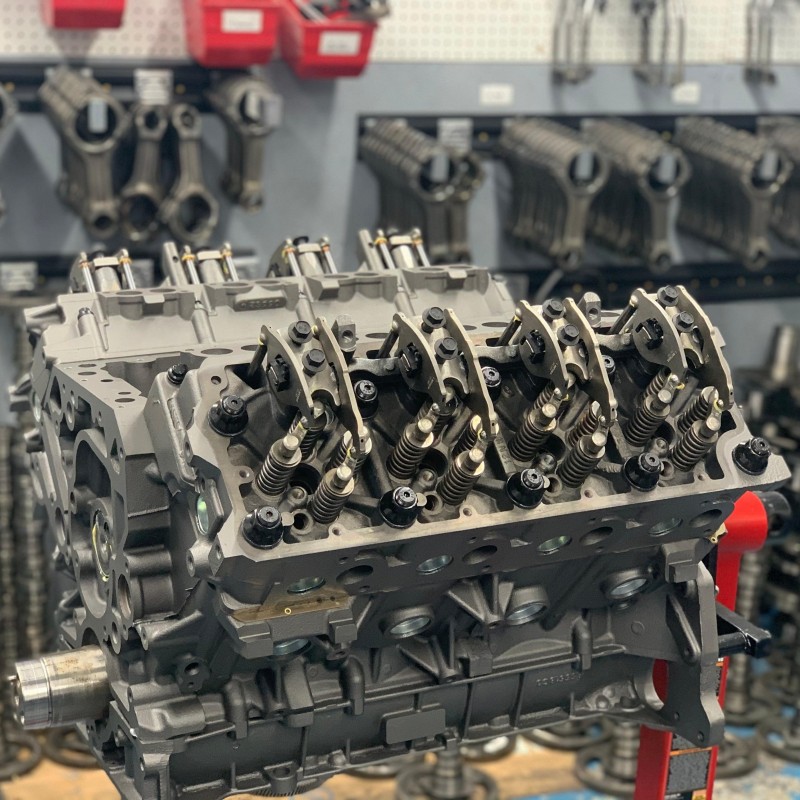
Understanding Engine Layouts and Configurations
To grasp what does mid engines mean, it is essential first to understand the various engine layouts and configurations commonly found in automobiles.
Types of Engine Layouts
Vehicles typically feature one of three main engine placements: front-engine, mid-engine, or rear-engine. Each configuration has its distinct characteristics and can be better suited for specific types of driving.
- Front-Engine Layout: This is the most common engine placement in modern cars. The engine sits in front of the passenger cabin, often driving the front wheels. This layout is easy to manufacture and allows for ample cabin space. However, the weight distribution can lead to decreased handling.
- Mid-Engine Layout: In this configuration, the engine is positioned behind the front axle and ahead of the rear axle. This layout promotes better weight distribution and handling characteristics, making it popular in sports cars and exotic models.
- Rear-Engine Layout: In a rear-engine design, the engine is located at the back of the car, usually driving the rear wheels. This layout can offer unique handling dynamics but may lead to instability in certain driving conditions.
Advantages of Each Layout
Each engine configuration provides distinct benefits, making them suitable for different styles of driving:
- Front-engine configurations typically facilitate easier access to the engine for maintenance purposes and tend to provide a more comfortable ride.
- Mid-engine setups offer optimal balance and handling, often resulting in superior cornering stability. This is particularly advantageous for performance and racing vehicles.
- Rear-engine options excel in providing traction, especially in slippery conditions, as the weight of the engine is over the rear wheels.
Understanding these layouts helps contextualize what does mid engines mean and why it’s favored in high-performance vehicles.
The Benefits of a Mid Engine Layout
Having established the definition of mid engine, let’s explore the advantages associated with this layout. The placement provides several performance and handling benefits that enhance the driving experience.
Improved Weight Distribution
Mid-engine vehicles usually achieve a near 50/50 weight distribution between the front and rear axles. This balance enhances stability during acceleration, braking, and cornering. Here’s how this affects performance:
- Cornering Precision: A balanced weight distribution allows for more precise steering and improved responsiveness. Drivers can navigate corners with confidence, maximizing grip and minimizing understeer or oversteer.
- Acceleration Dynamics: Proper weight distribution also improves traction during acceleration. With significant weight over the rear tires, mid-engine vehicles experience less wheel spin during takeoff.
Enhanced Handling Characteristics
The positioning of the engine significantly impacts a vehicle’s handling dynamics. Mid-engine layouts contribute to:
- Centralized Mass: By placing the engine closer to the geometrical center of the vehicle, mid-engine layouts allow for more predictable handling characteristics during aggressive driving maneuvers.
- Reduced Body Roll: As the center of mass moves closer to the ground and center of the vehicle, mid-engine cars tend to exhibit less body roll while cornering, providing a more stable ride.
Lightweight Construction
Many mid-engine designs prioritize lightweight materials and construction methods. This contributes to additional performance benefits, including:
- Improved Performance Metrics: A lighter vehicle accelerates faster and responds more quickly to driver inputs. Mid-engine cars often utilize materials like aluminum and carbon fiber to reduce weight without sacrificing strength.
- Better Fuel Efficiency: With an overall reduction in weight, mid-engine cars can achieve better fuel efficiency, translating to longer ranges and lower running costs.
Challenges of the Mid-Engine Layout
While the mid-engine layout offers a variety of benefits, it also presents unique challenges that can impact vehicle design, production, and ownership.
Limited Space
- Cabin and Storage Constraints: With the engine positioned towards the center of the vehicle, this layout often results in reduced cabin space and limited trunk storage. Many mid-engine sports cars prioritize performance over practicality.
- Maintenance Accessibility: Accessing the engine for maintenance can be more cumbersome compared to front-engine configurations, leading to potential service delays or increased costs.
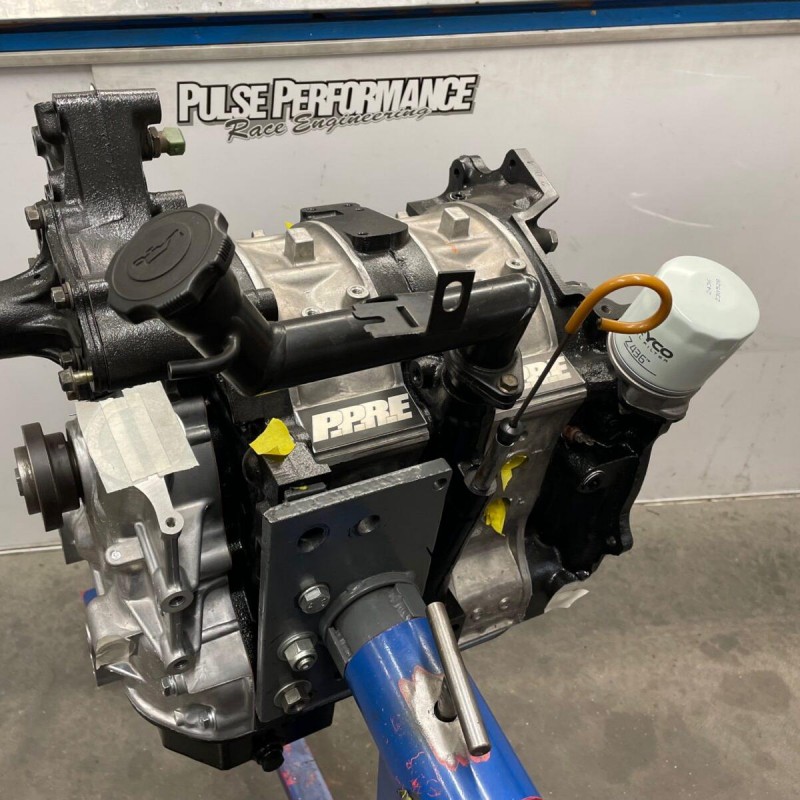
Increased Manufacturing Complexity
- Design Considerations: Designing a mid-engine vehicle requires more sophisticated engineering and a deeper understanding of weight distribution and handling dynamics. This complexity can drive up production costs.
- Cost of Parts: Replacement parts for mid-engine vehicles may also be more expensive due to their specialized nature. Owners must be prepared for potentially higher maintenance costs.
Potential Stability Concerns
- Instability at High Speeds: While the mid-engine layout promotes improved cornering and traction, excessive speed or sudden maneuvers can lead to a loss of stability. Drivers need to be adept at handling these vehicles to ensure safe operation.
- Driving Skill Requirements: The performance characteristics of mid-engine cars often require a level of driving skill to maximize their potential. Inexperienced drivers may find handling these vehicles challenging.
Understanding these challenges helps prospective buyers weigh the pros and cons of mid-engine vehicles, allowing for informed purchasing decisions.
Popular Mid-Engine Motorcycles and Cars
Now that we have established what mid engine means, let’s explore some notable vehicles that utilize a mid-engine layout. Both cars and motorcycles benefit from this configuration and showcase its advantages.
Supercars and Sports Cars
Mid-engine configurations are especially popular among supercar and sports car manufacturers. Here are some standout examples:
- Porsche 718 Cayman: The Porsche 718 Cayman is a beloved mid-engine sports coupe that exemplifies precision engineering and impressive handling performance.
- Ferrari 488 GTB: With its powerful twin-turbo V8 engine, the Ferrari 488 GTB features a mid-engine design that enhances performance and driving excitement.
- Lamborghini Huracán: This exhilarating sports car showcases a V10 engine placed in the middle, enhancing the iconic brand’s high-performance reputation.
- Chevrolet Corvette C8: The latest iteration of the Corvette has adopted the mid-engine layout for the first time, delivering an exciting blend of power and handling characteristics.
Mid-Engine Motorcycles
While less common, several motorcycles employ mid-engine layouts, providing unique riding experiences and what does mid engines mean:
- Ducati Panigale V4: Known for its cutting-edge technology and high performance, the Panigale V4 features a potent V4 engine positioned centrally for optimal handling.
- Kawasaki Ninja H2: The Kawasaki Ninja H2 showcases an innovative supercharged engine, combining a mid-engine design with advanced motorcycle technology for sheer speed.
- MV Agusta F4: This stunning motorcycle employs a mid-engine configuration to create a thrilling ride, leveraging its unique design for superior performance.
These examples illustrate the broad application of mid-engine designs in performance-oriented vehicles, allowing manufacturers to maximize handling, acceleration, and driving enjoyment.
The Future of Mid Engine Design
As the automotive industry evolves, mid-engine designs will continue to adapt to new technologies, consumer preferences, and environmental factors. Here are key elements shaping the future of mid-engine vehicles.
Electrification and Hybrid Technologies
The integration of electric and hybrid technologies is beginning to redefine traditional vehicle designs and what does mid engines mean, including mid-engine configurations.
- Hybrid Performance Vehicles: Many manufacturers are now exploring hybrid designs that feature mid-engine layouts. By combining traditional engines with electric motors, brands can create vehicles that enhance performance while minimizing environmental impact.
- Performance-Focused Electric Vehicles: The rise of electric supercars featuring mid-engine designs will likely increase. As battery technology continues to advance, manufacturers will find new ways to optimize performance characteristics.
Sustainability Initiatives
As consumers become increasingly environmentally conscious, manufacturers will need to adapt to meet these demands:
- Eco-Friendly Materials: There is growing momentum toward using sustainable materials in vehicle manufacturing. This will influence mid-engine designs as brands prioritize ecological impact.
- Low-Emissions Models: Future mid-engine vehicles will likely feature improved eco-friendly technologies aimed at reducing emissions, further supporting global sustainability goals.
Advanced Safety Features
The advent of smart technology and safety systems is transforming vehicle design, including mid-engine layouts.
- Connectivity and Automation: Many manufacturers are exploring automated driving technologies that incorporate advanced safety features into performance vehicles, enhancing the driving experience without compromising sportiness.
- Sensors and Feedback: Mid-engine cars will likely integrate systems that monitor handling and performance, providing real-time feedback to drivers.
These trends point to a promising future for mid-engine vehicles, blending performance, sustainability, and advanced technology in a purposeful manner.
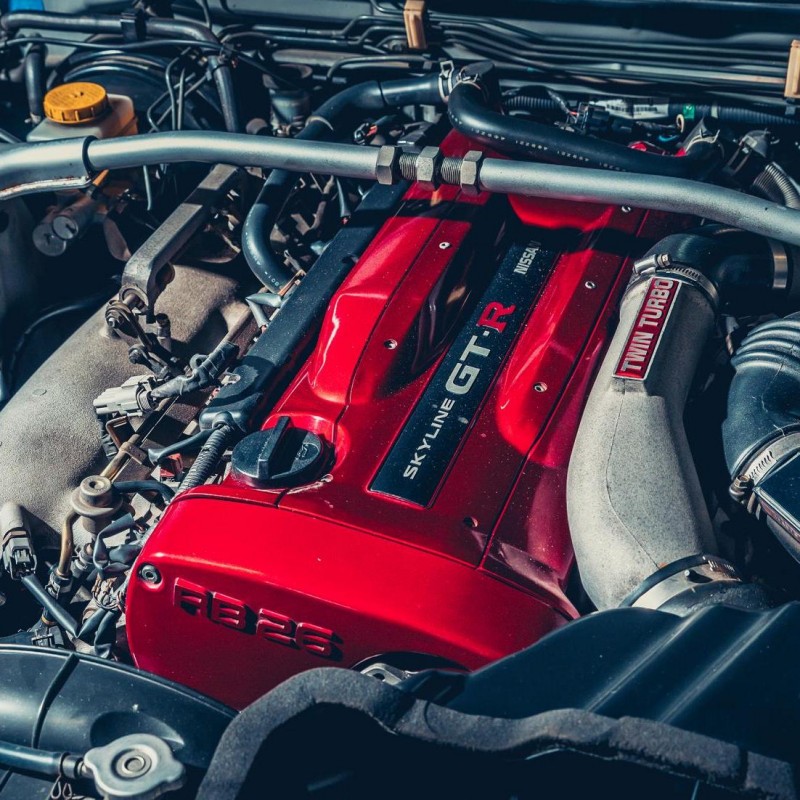
Conclusion
In summary, understanding what does mid engines mean reveals a complex yet fascinating aspect of vehicle design that has shaped the performance car landscape for decades. The advantages of mid-engine layouts—such as improved weight distribution and enhanced handling—make them an appealing choice for performance enthusiasts across various vehicles, from supercars to motorcycles.
While the challenges associated with mid-engine configurations do exist—such as limited cabin space and increased maintenance costs—the rewards in terms of driving dynamics and performance capabilities often far outweigh these drawbacks. As the industry evolves, mid-engine designs will likely continue to adapt, embracing electrification, sustainability, and advanced safety features.
For riders and drivers looking to understand their choices better, staying informed about new technologies and changes in automotive design remains critical. Embracing the advantages of mid-engine vehicles allows enthusiasts to engage with a thrilling, dynamic approach to motorcycling and driving that will undoubtedly leave a lasting impression.
